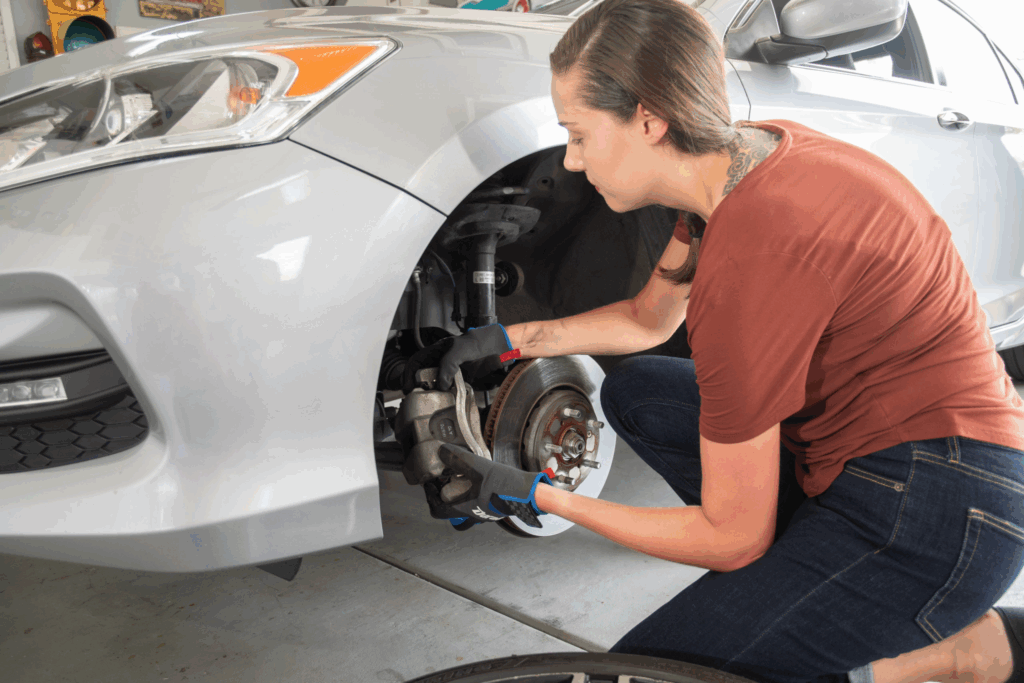Replacing a brake or clutch master cylinder might seem like a straightforward DIY project—but without the right prep, it can quickly turn frustrating. Whether you’re upgrading for performance, addressing a fluid leak, or resolving soft pedal issues, doing the job right means planning ahead.
Before you get started, follow these five essential tips to ensure a smoother repair process and long-lasting results. Whether you drive a sporty hatchback or a vintage Euro coupe, these steps apply across the board.
Inspect for Leaks and Wear
Before committing to a full replacement, confirm that the cylinder is actually the root of the problem. A spongy brake or clutch pedal, inconsistent engagement, or visible fluid leaks are all signs that your master cylinder may be failing.
In performance cars like the Volkswagen GTI Clutch Master Cylinder, a failing cylinder can drastically affect your ability to shift cleanly or brake consistently—especially under load. If you’re unsure, check for these telltale symptoms:
- Fluid dripping near the firewall or under the clutch pedal
- Brake or clutch fluid reservoir losing fluid without a visible external leak
- Difficulty shifting or extended pedal travel
If you confirm the master cylinder is to blame, you’re ready to move forward.
Gather the Right Tools
Brake and clutch cylinder replacement is not complicated, but it requires precision. Gathering the right tools ahead of time saves you from mid-project frustration. Here’s what you’ll typically need:
- Line wrenches (to avoid stripping soft fittings)
- A brake bleeder or vacuum pump for removing air from the system
- A catch container for fluid runoff
- Gloves and eye protection
- A replacement part designed specifically for your make and model
Using the wrong part—even one that looks similar—can lead to poor fitment or dangerous system failure. For rare or performance models like the Volkswagen Corrado Clutch Master Cylinder, it’s especially important to double-check compatibility. These vehicles often have unique hydraulic setups, and getting the right match ensures a perfect fit and function.
3. Prepare the New Cylinder Properly
Before installation, bench-bleed the new master cylinder to eliminate trapped air. This is a crucial step that many DIYers skip—leading to a soft pedal even after a successful install. Bench bleeding fills the cylinder with fluid and removes air pockets before it’s installed on the vehicle, making your post-installation bleed much faster and more effective.
4. Flush Old Fluid
Brake and clutch systems rely on clean fluid for smooth operation and component longevity. If your old fluid is dark, murky, or contaminated with debris, it’s time for a flush. Flushing out the old fluid helps prevent damage to your new cylinder and keeps the rest of your hydraulic system healthy.
In performance-focused models like the Volkswagen R32 Clutch Master Cylinder, maintaining fluid quality is critical. These vehicles are engineered for precise pedal response, and dirty or degraded fluid will instantly compromise performance.
5. Take Your Time Bleeding the System
Once installed, bleeding the brake or clutch system is the final and most important step. Air in the lines will lead to spongy pedal feel and reduced effectiveness. Follow a proper bleeding sequence, use quality brake fluid, and don’t rush this process. If your system shares brake and clutch fluid (as many VWs do), be especially careful to avoid cross-contamination.
If you’re unsure, consult your service manual for the correct bleeding order and recommended fluid type.
Replacing a brake or clutch master cylinder yourself is absolutely doable—but only with the right preparation. From checking for leaks to gathering tools and ensuring a proper bleed, each step helps you get the job done safely and effectively.
With quality parts from AutoZone and the right approach, your DIY replacement can restore factory-like pedal feel and keep your vehicle performing at its best—whether it’s a GTI, Corrado, or R32.


















